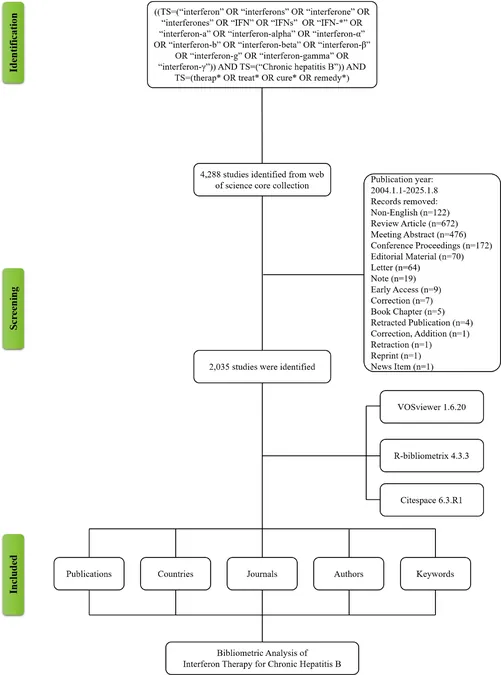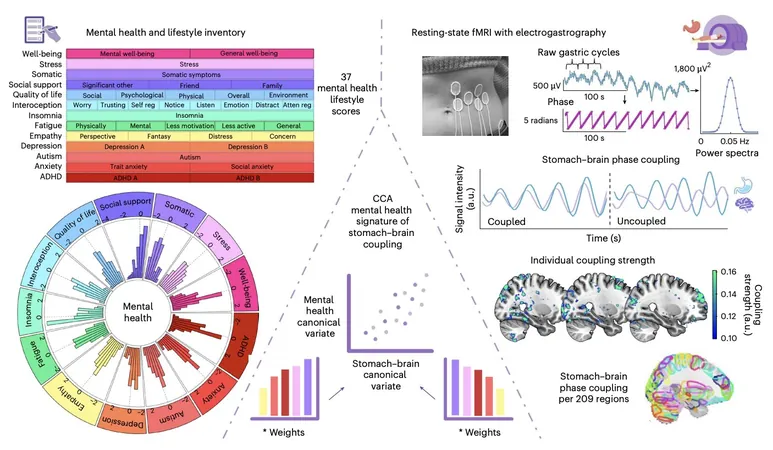
Breakthrough MERIT Grant Aims to Unlock HIV Cure
2025-08-28
Author: Mei
A Historic Journey Towards an HIV Cure
Nearly two decades ago, Timothy Ray Brown made headlines as the first person cured of HIV. Living with both HIV and cancer, Brown received a remarkable treatment: two stem cell transplants utilizing donor cells that lacked a crucial molecule required for HIV to infiltrate immune cells. This approach not only managed his leukemia but also completely eradicated the virus from his system.
New Research Initiative Funded by NIH
In a groundbreaking move, a research team led by Dr. Lishomwa Ndhlovu from Weill Cornell Medicine and Dr. Jonah Sacha of Oregon Health & Science University has been awarded a MERIT Grant from the NIH. The $8.2 million funding, which runs for five years with a potential extension to ten, aims to study individuals who, similar to Brown, have successfully cleared HIV following stem cell transplants. Their mission? To decode why this method works for some and not others, and ultimately convert it into a viable immunotherapy to eliminate HIV.
A Race Against Time to Find Answers
"Our focus is razor-sharp: finding a cure for HIV," stated Dr. Ndhlovu, an esteemed professor in infectious diseases. While stem cell transplants have shown promise in certain cases, they can be incredibly taxing on patients and don’t always succeed. Thus, the duo is shifting their focus to understanding immune responses that may have contributed to the cure in some individuals.
The Patient Perspective: A Community's Hope
For participants like Marc Franke, who underwent the transplants in 2013, the research isn’t just scientific—it embodies hope. Franke hopes that by analyzing their immune systems, scientists will uncover the vital elements necessary to recreate a cure without the need for an arduous transplant.
Another participant, Adam Castillejo, the second person to publicly share his cure, echoes this sentiment. As a Global HIV Ambassador, he believes that their experiences can pave the way for a comprehensive solution to end the AIDS pandemic.
Scientific Exploration: The Next Steps
The team will delve deep into understanding the immune mechanisms that enabled these survivors to become HIV-free. Blood samples from those who succeeded in clearing the virus will be analyzed, and these findings will be tested in preclinical models, including specially developed mouse and non-human primate models.
A Community United for a Common Cause
Participants like Paul Edmonds, who lived with HIV for over 30 years, are driven by a sense of responsibility. "This journey is not just about me," he asserts, emphasizing the broader implications of their contributions. "This research signifies hope for millions fighting HIV globally, proving that a cure is within reach and motivating us to persist in our quest for answers."
Moving Towards a Tomorrow Free of HIV
As the researchers forge ahead, both they and the participants share a vision for a future where HIV is no longer a threat. With every step, they aim to turn the tide against the virus, seeking answers that could change the lives of millions.




 Brasil (PT)
Brasil (PT)
 Canada (EN)
Canada (EN)
 Chile (ES)
Chile (ES)
 Česko (CS)
Česko (CS)
 대한민국 (KO)
대한민국 (KO)
 España (ES)
España (ES)
 France (FR)
France (FR)
 Hong Kong (EN)
Hong Kong (EN)
 Italia (IT)
Italia (IT)
 日本 (JA)
日本 (JA)
 Magyarország (HU)
Magyarország (HU)
 Norge (NO)
Norge (NO)
 Polska (PL)
Polska (PL)
 Schweiz (DE)
Schweiz (DE)
 Singapore (EN)
Singapore (EN)
 Sverige (SV)
Sverige (SV)
 Suomi (FI)
Suomi (FI)
 Türkiye (TR)
Türkiye (TR)
 الإمارات العربية المتحدة (AR)
الإمارات العربية المتحدة (AR)